Roof insulation
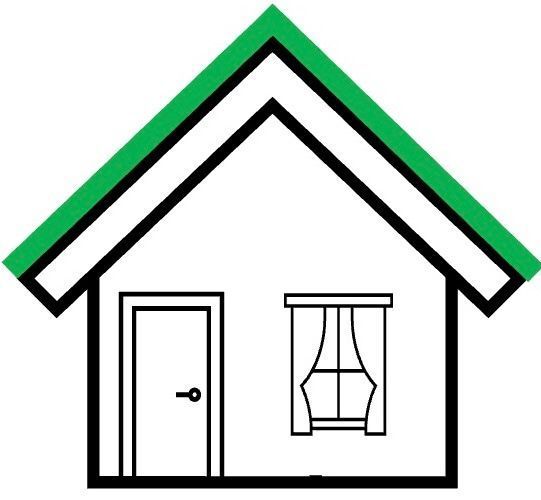
The benefits of roof insulation
Heat rises and is only partly stopped in our houses by the wooden intermediate floors. On average, 20% of the heat escapes through the roof. To prevent this, roof insulation is often a good solution. This can save you 400 to 700 m3 gas per year, depending on the size of the house and the use of the rooms on the top floor. In addition to saving energy, a well-insulated roof has the great advantage that the rooms under the roof become much less hot in the summer.
There are several options for roof insulation
1. Sloping roof insulation
Materials
You can insulate a pitched roof on the inside. Insulation material is placed between the beams. Then you can use different materials such as:
- Reflection blankets
- Flax
- PIR
- Cellulose flakes.
Each material has advantages and disadvantages, about which the contractor can advise you. After applying the insulation, the insulated surface will have to be finished again.
You could also have a sloping roof insulated on the outside, but that is often a much more expensive intervention, which entails architectural challenges in our kind of houses. We have not included this measure in this promotion.
Insulation value
The insulation value of the material is expressed in an R-value. R stands for 'Resistance', so the higher the R value, the better the material insulates. According to the subsidy conditions of the RVO, roof insulation of a pitched roof must have an R-value of at least 3.5 on the inside. If you want to meet the Dutch standard for a well-insulated house, a roof must have an insulation value of at least 4.
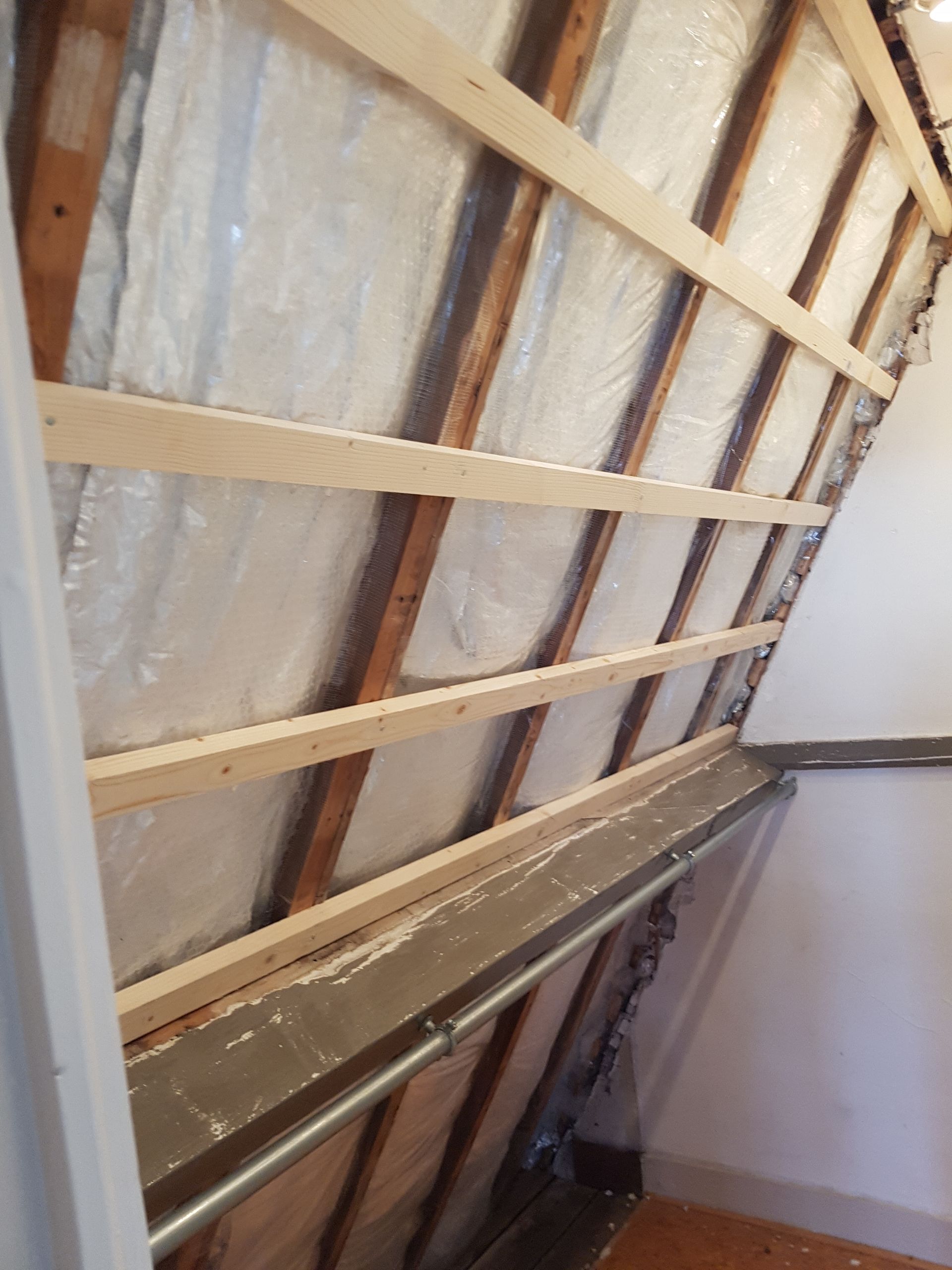
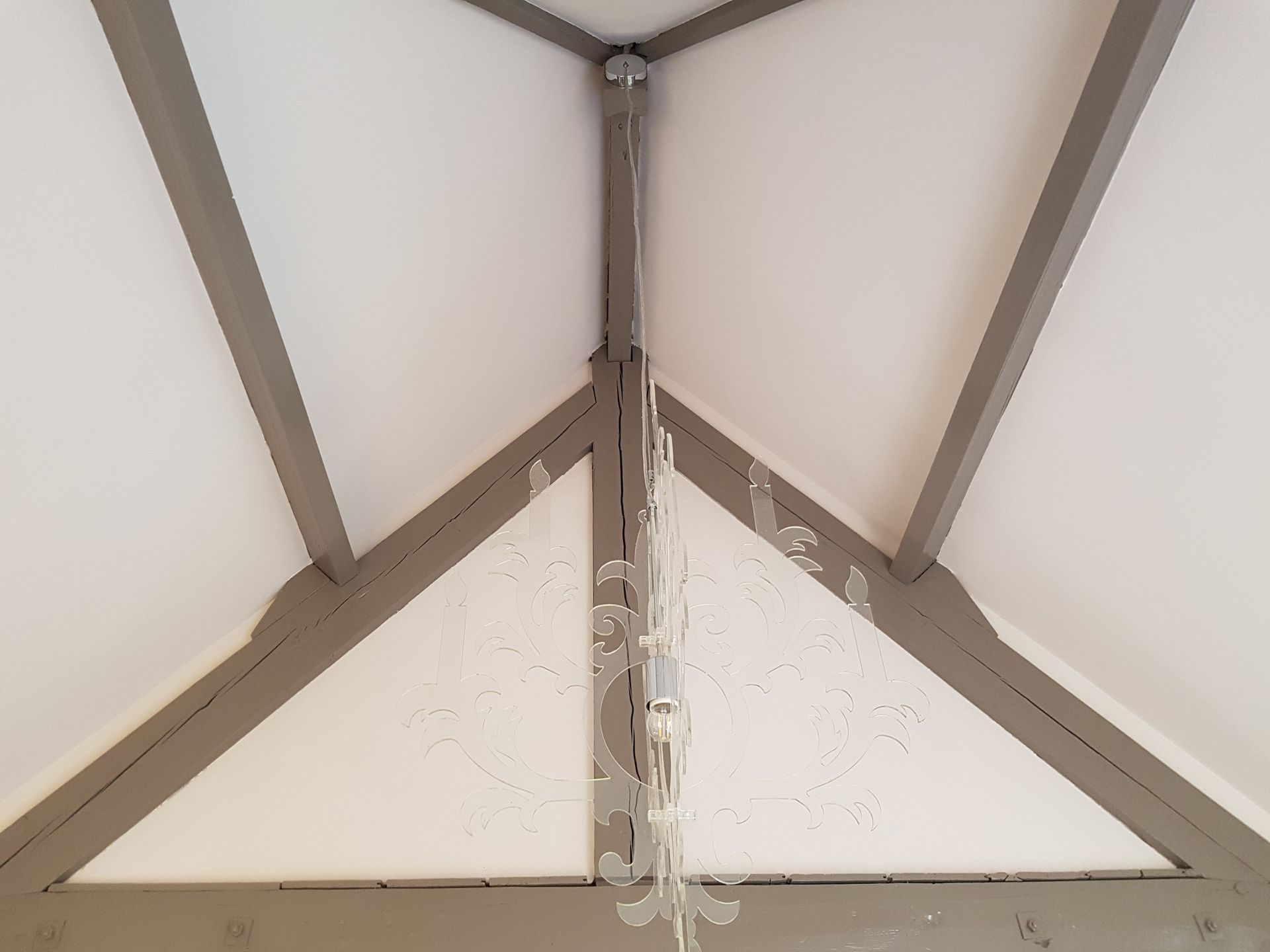
Costs and savings
- The costs of insulating a sloping roof on the inside vary from € 95 per m2 (without finishing with plasterboard) to € 150 per m2 (with finishing with plasterboard).
- The RVO subsidy is € 15 per m2 if you take one insulation measure. This subsidy doubles with 2 measures.
- For an average house in Duinoord with a high sloping roof, the total investment of the entire top floor is between € 8,000 and € 12,500.
- The gas saving of 400 to 700 m3 results in savings on the energy bill of € 600 - € 1000 per year.
- Read an explanation of the calculation example here.
Companies insulation pitched roof


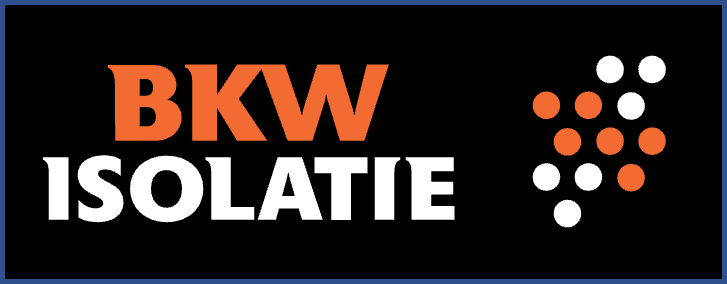
2. Attic floor or attic insulation
The benefits of attic floor insulation
If roof insulation is not possible or if you do not use the attic as a living space, it can be interesting to insulate the floor of the attic or attic. This also prevents the heat from going out through the attic floor through the roof.
With the insulation of the floor of an unheated attic or attic, you can save 400 – 700 m3 of gas, depending on the size of your home and the use of the rooms on the floor below the attic.
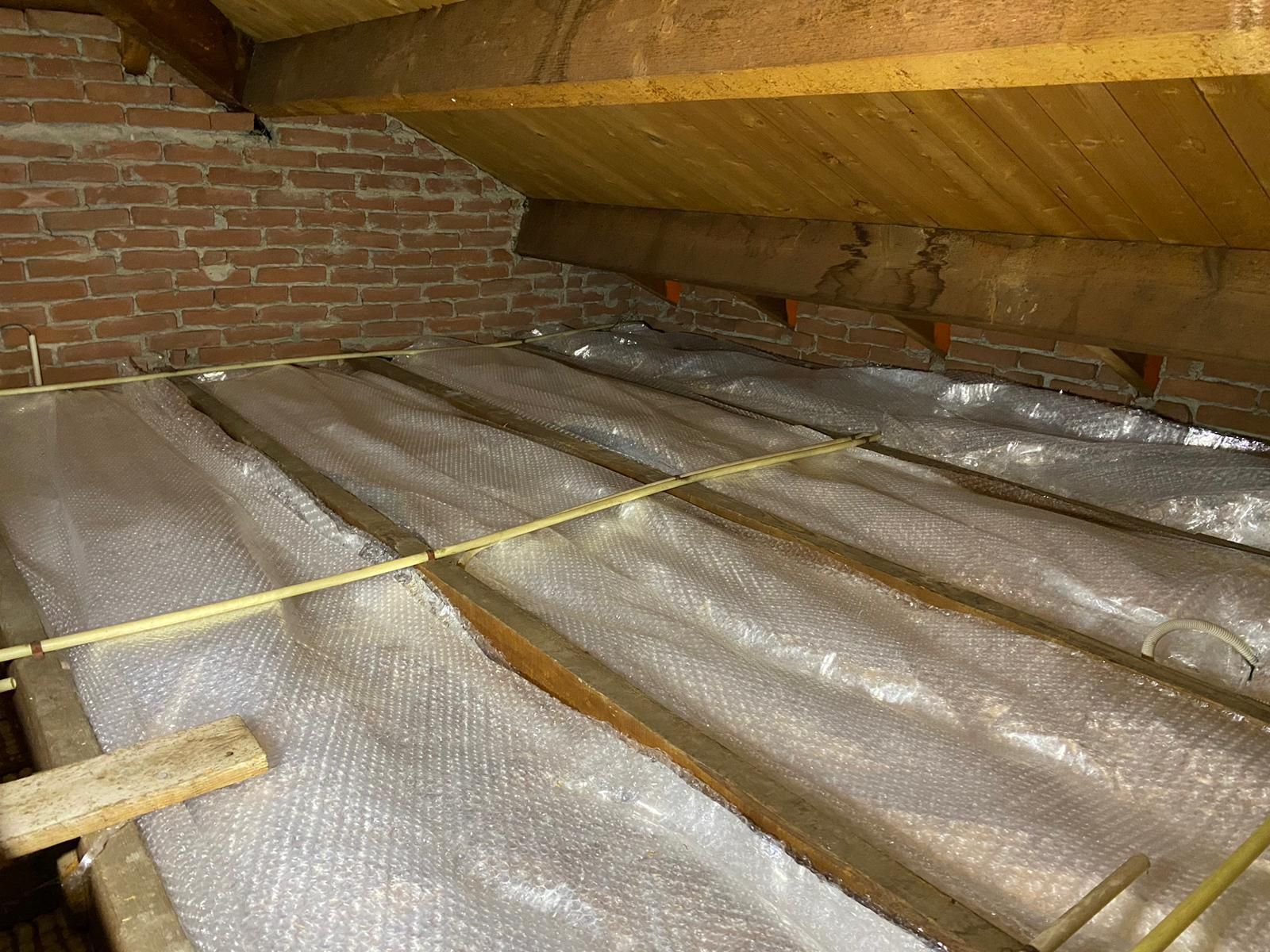
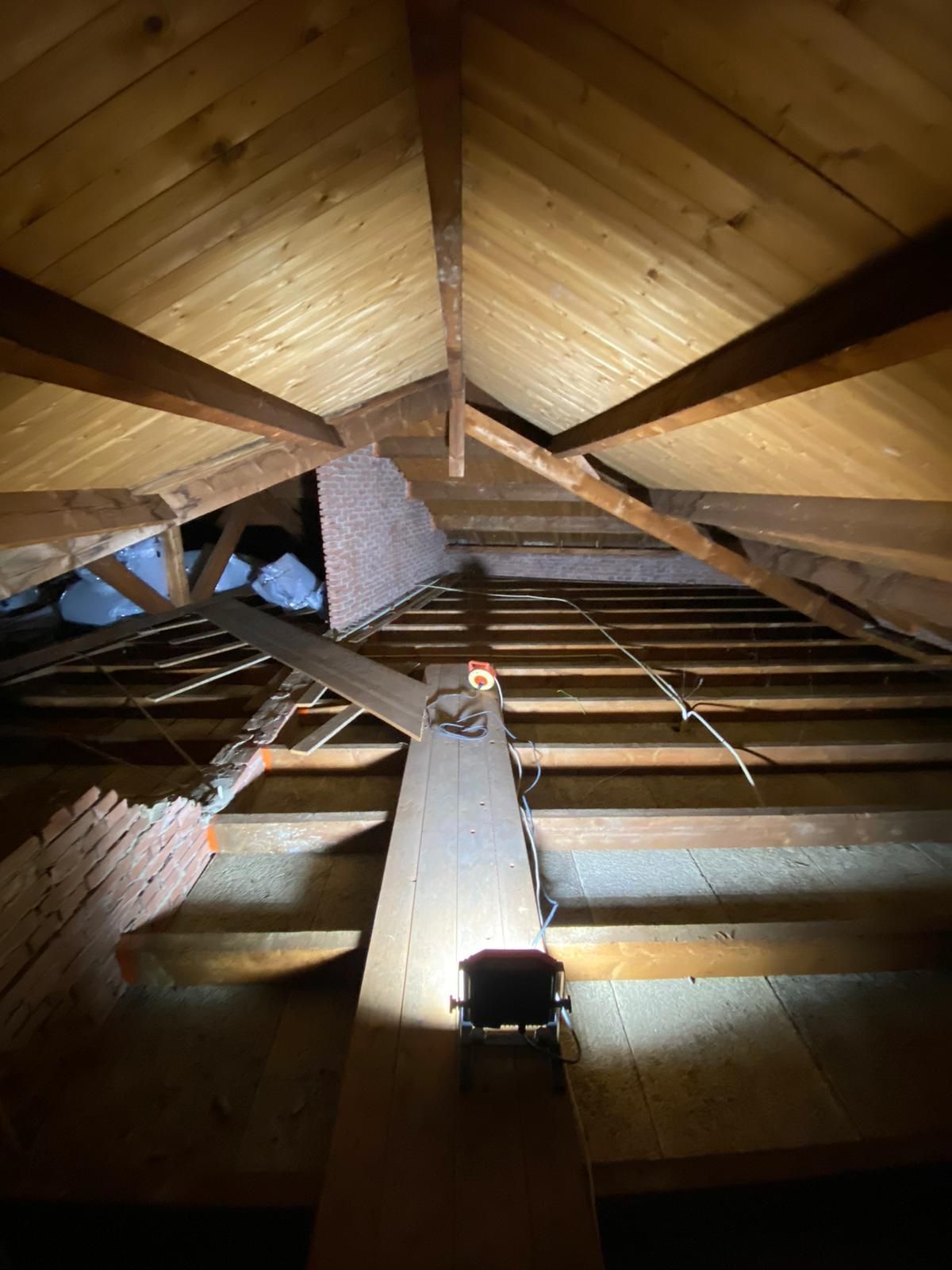
Materials
The houses in Duinoord almost always have wooden floors. You can insulate a wooden floor of an attic and attic in two ways:
- Between the beams: in that case, the floor is opened and insulation material is placed between the beams. This can be done with insulation blankets or with insulation flakes (e.g. cellulose). After applying the insulation material, the floor is closed again and you can no longer see the insulation.
- Insulation material on a wooden floor: In that case, the insulation is applied to the existing floor. If the attic or attic is still being used, you will have to work with hard insulation boards that you can walk on (for example PIR or Woodfibre). If you do not use the attic and do not walk on it regularly, you can use insulation blankets.
Every material and every method has advantages and disadvantages. The contractor can tell you everything about what is the best solution in your case.
Insulation value
According to the subsidy conditions of the RVO, attic insulation v must have an R-value of at least 3.5. If you want to meet the Dutch standard for a well-insulated house, a roof must have an insulation value of at least 4.
Costs and revenues
- The insulation of an attic floor costs € 60 - € 65 per m2.
- The RVO provides a subsidy of € 15 per m2 if you take one measure. That amount is doubled with 2 measures.
- The insulation of an 'average' attic or attic in Duinoord costs approximately € 2500.
- The gas savings of 400 to 700 m3 result in savings on the energy bill of € 600 - € 1000 per year.
- Read an explanation of the calculation example here.
Companies attic floor insulation



3. Flat roof insulation
Materials
A large part of the houses in Duinoord have a flat roof, covered with bitumen or a comparable roof covering. A flat roof is best insulated on the outside. This is especially interesting if the existing roof covering needs to be replaced. The old roofing can possibly be removed (or the existing roofing can be worked on), the roof is insulated by placing PIR or EPS plates with a high insulation value and these are finished with bitumen, EPDM or a similar material.
In principle a flat roof can also be insulated on the inside, but that requires a very good vapour-tight finish. The risk of moisture problems and mold formation mean that the insulation of a flat roof on the inside is not part of this collective action.
Insulation value
According to the subsidy conditions of the RVO, roof insulation of a flat roof must have an R-value of 3.5 or higher on the outside. If you want to meet the Dutch standard for a well-insulated house, a roof must have an insulation value of at least 4.
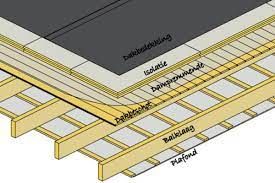

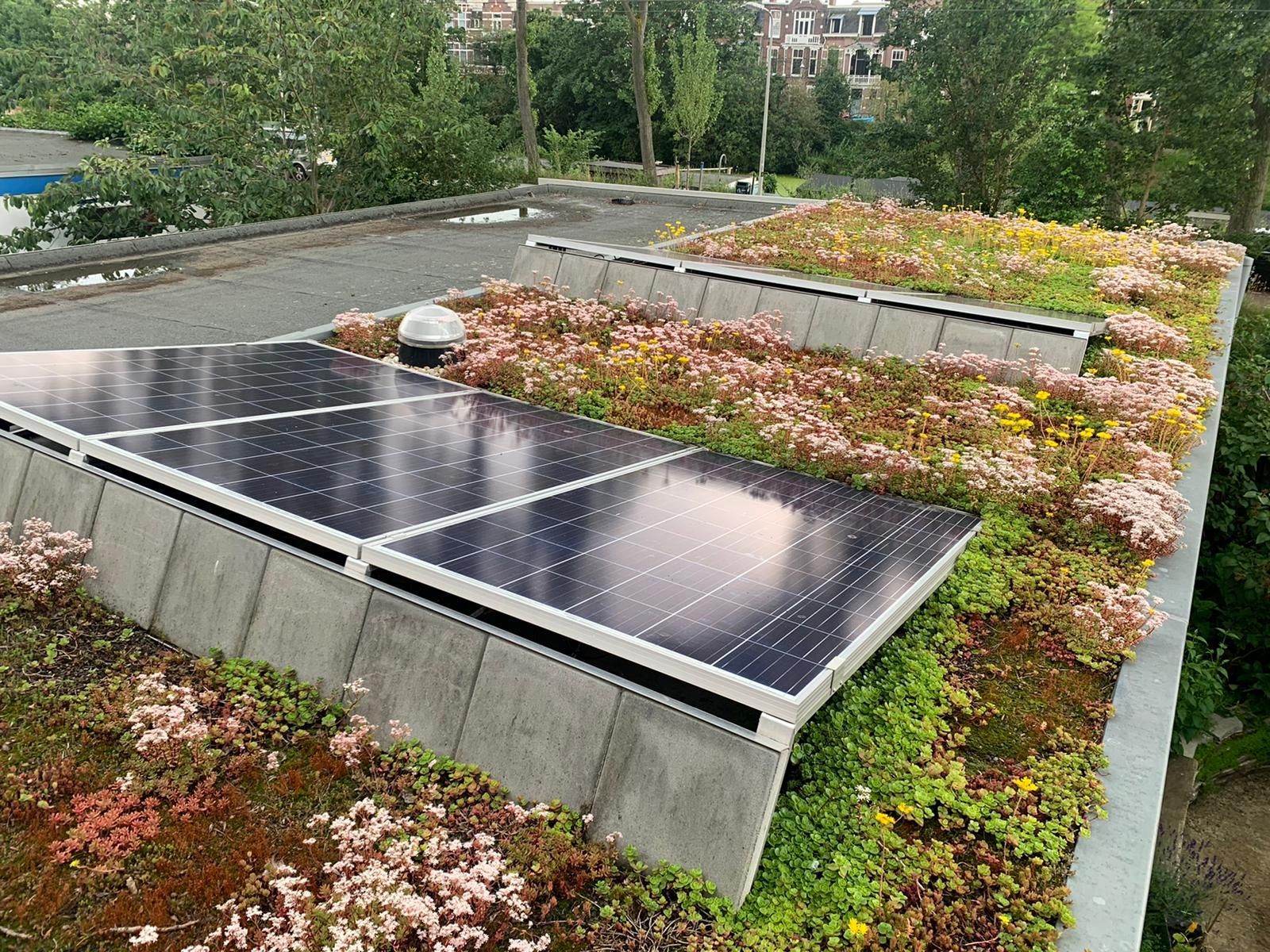
Tip!
It is recommended to have a green roof installed on the insulated roof. A green roof is good for biodiversity, water storage and for the lifespan of your new roof covering. The rooms on the roof remain a few degrees warmer during the summer. A green roof also increases the effectiveness of your solar panels. Ask the contractor about the possibilities.
Costs and revenues
- The insulation of a flat roof costs € 165 per m2 (including new roofing).
- The RVO provides a subsidy of € 15 per m2 if you take one measure. That amount is doubled with 2 measures.
- The insulation of an 'average' roof in Duinoord (60 m2) costs approximately € 9,000.
- The gas savings of 400 to 700 m3 result in savings on the energy bill of € 600 - € 1000 per year.
- Read an explanation of the calculation example here.
Companies insulation flat roof

Bewonersoverleg Duinoord
Duurzaam Duinoord
Sweelinckplein 42
2517 GP The Hague


